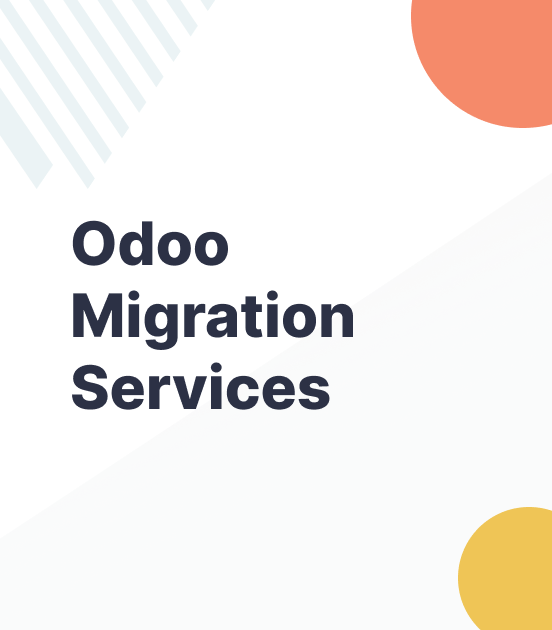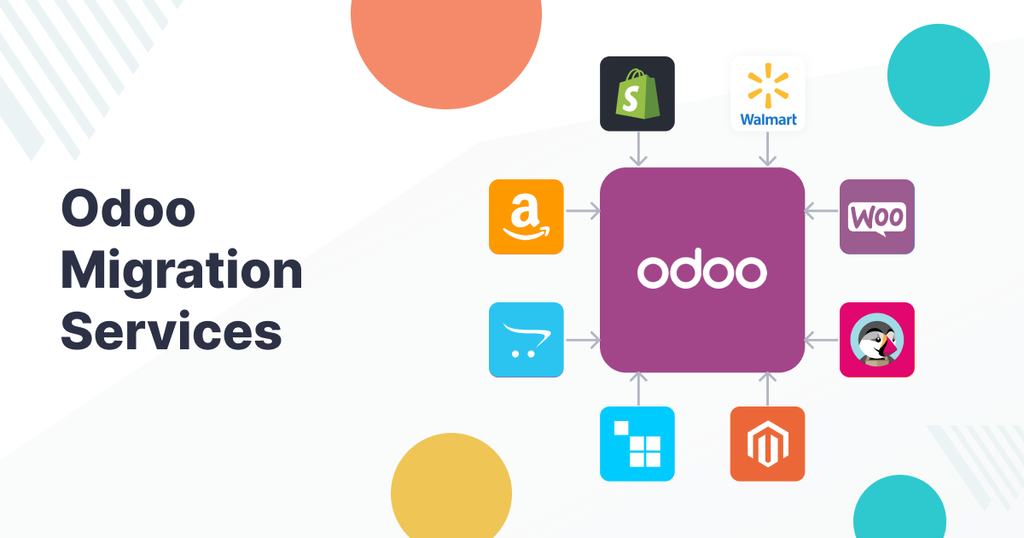Odoo Migration Service
Odoo 16.3 EE Migrate
ย้ายข้อมูลจาก Odoo.com มา On Premise
ทุกโมดุล ไม่จำกัดยูสเซอ Life Time
Odoo 16.3 EE Migrate
ย้ายข้อมูลจาก Odoo.com มา On Premise
ทุกโมดุล ไม่จำกัดยูสเซอ Life Time
Moving From a Different Platform to Odoo
Server migration without changing the version.
Upgrading To New Version.
Types of Migration in Odoo
There are two different types of migration services in Odoo; you can avail of one as per the type of data you need to migrate.
Static Migration
Static migration requires moving the static data. In simple terms, the type of data that does not depend on other data. For example customers, catalog data – products, attributes, categories; etc.
Dynamic Migration
This process entails moving both static and dynamic data to Odoo. Dynamic data includes data involving relation fields like invoices, orders, bills, accounting, inventory data, etc.
Different Parameters To Account for Before Migrating
There are multiple parameters you need to keep in mind before starting the migration process. Keeping these points in mind will help you to safeguard yourselves from future hassles.
Data Backup
A backup dump is always created at our end to restore and prevent data. Backup is necessary to roll back the changes if needed.
Security Measures
Adhering to the GDPR compliance, we do not store any client data at our end.
Existing Odoo Version
This step is important as the efforts would depend upon how different the present Odoo version of the client is from the new Odoo version.
Size of current DB
The size of data in your current Odoo version determines the efforts and path to be undertaken for Odoo migration.
Client-Server information
Whether the server on which Odoo will run is a self-hosted server or a cloud-hosted server such as AWS.
Estimated Downtime
Although it is kept to a minimum, downtime is inevitable when the data is added to a new Odoo version. The same is true while migrating to Odoo.
Odoo Migration Process
Firstly, the analysis is done and the plan is drawn adumbrating the process to migrate your DB to Odoo.
To avoid interruptions the entire process is first done in QC DB (test DB) and then moved to the original DB of the client.
This helps with the testing and timely rectification of errors beforehand, and to minimize downtime.
Though the exact process varies on a client-to-client basis, the general process that is followed is as follows:
Modules Migration
Module Migration in Odoo is the first step is to migrate all your modules to Odoo.
Data migration
Next comes data migration, the type – static or dynamic depending upon the client. We first put the data in test DB to run tests and quality checks. It is then transferred to the client’s DB.
Testing
Smoke testing and Scenario testing is done; after that, subsequent measures are implemented to rectify the errors.
Quality check in Developer DB
Quality checks ensure that the flow of data is properly oriented in Odoo Version.
Moving Everything To Client’s Odoo DB
Once the migration is successfully completed on QC DB and quality checks get the green signal, the migration is transferred to the real live DB.





